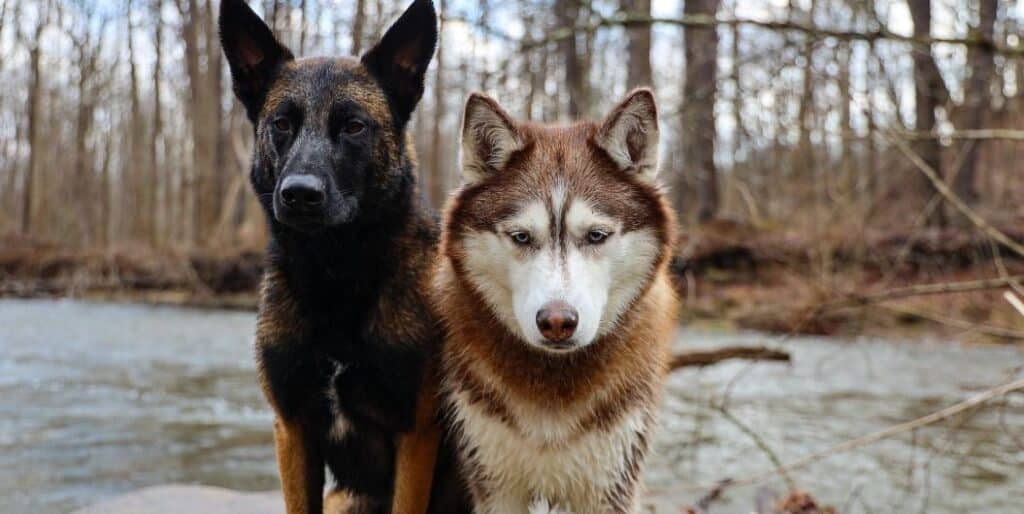How do Dogs Show Emotions?

Various studies have shown that dogs show emotions such as love, grief, jealousy and fear. The scientific confirmation of animal emotions is relatively recent. According to studies by a biologist at the University of Texas at Austin, researchers found dogs to be fairly emotionally complex, with four specific areas of personality: competence, emotional stability, affection and sociability. These components are very similar to the categories of human personality.
Many dog owners are not surprised that dogs show emotions. Some researchers, however, argue that animals do not have emotions, but rather that they respond to various incentives, for example food. Others believe that dogs react instinctively, not emotionally. Some scientists agree that dogs show emotions such as fear or alarm, but don’t necessarily agree that dogs can feel love or guilt. Others readily admit that canines have emotions, but that they are not the same as human emotions.

Some animal behaviors, including hygiene behaviors such as scratching or grooming, can also indicate frustration or boredom. For example, a dog might increase the frequency of these behaviors when in situations of tension, uncertainty or looming danger, just as a human might tug at his or her hair or bite his or her nails. Many studies of animal emotions involve primates, but studies are common with dogs and other animals, as well.
In early 2008, Hungarian scientists tested software that could potentially discern the emotions behind a dog’s bark in various situations. The initial study involved 14 herding dogs as they played, fought, spotted a ball, went on walks, were alone, and encountered a stranger. It is thought that because dogs cannot express their feelings linguistically, the bark might indicate various canine emotions.

A study by a psychologist and animal behavior expert in England determined that dogs show emotions such as jealousy, shame, embarrassment, anxiety, pride, anger and surprise. In this particular study, dogs experienced jealousy more frequently than other animal species, including hamsters, rabbits, cats, pigs and horses. It is thought that because dogs are social creatures they would experience several societal type of emotions.
Ethology is the study of animal behavior. As the field has advanced, other specialties have arisen, including the study of animal emotions, animal communication and sexual conduct. These advanced fields are likely to continue to research the depth of dogs’ emotions.






